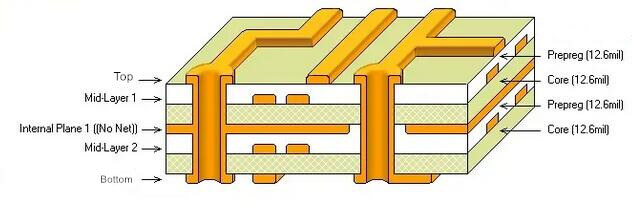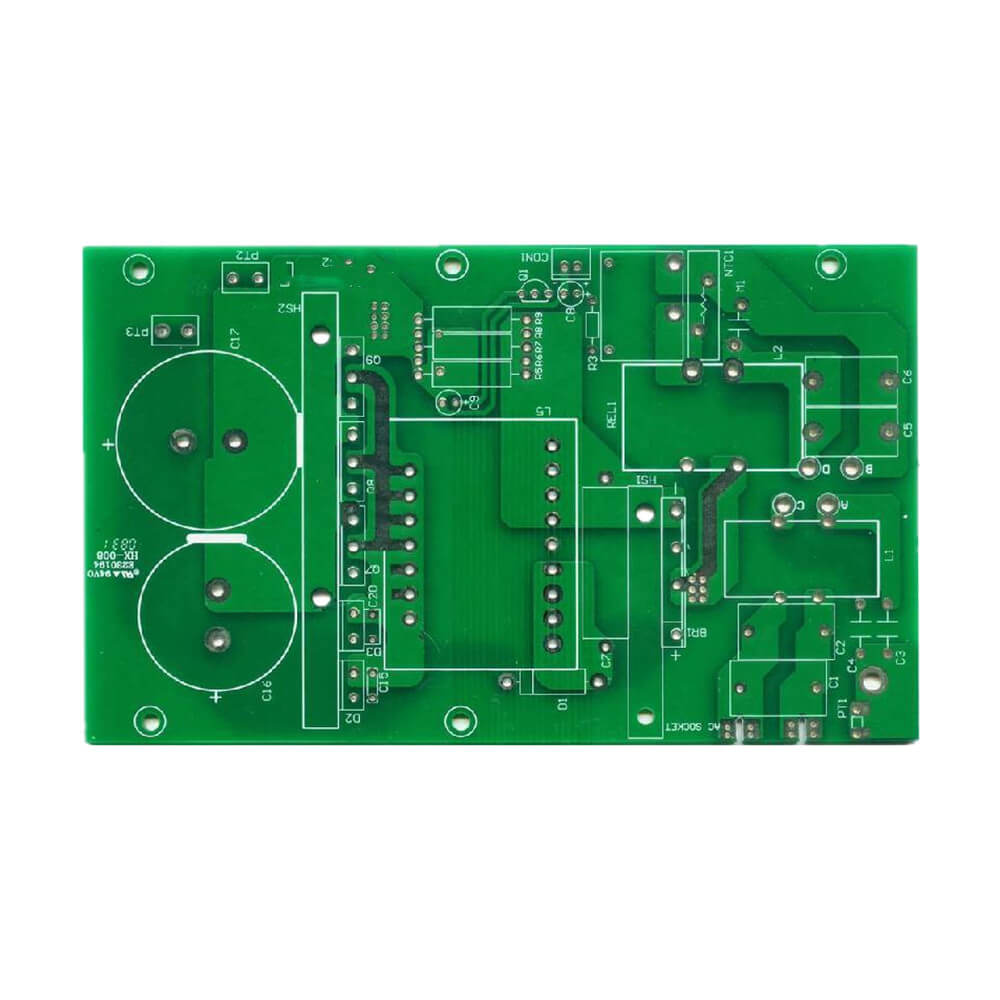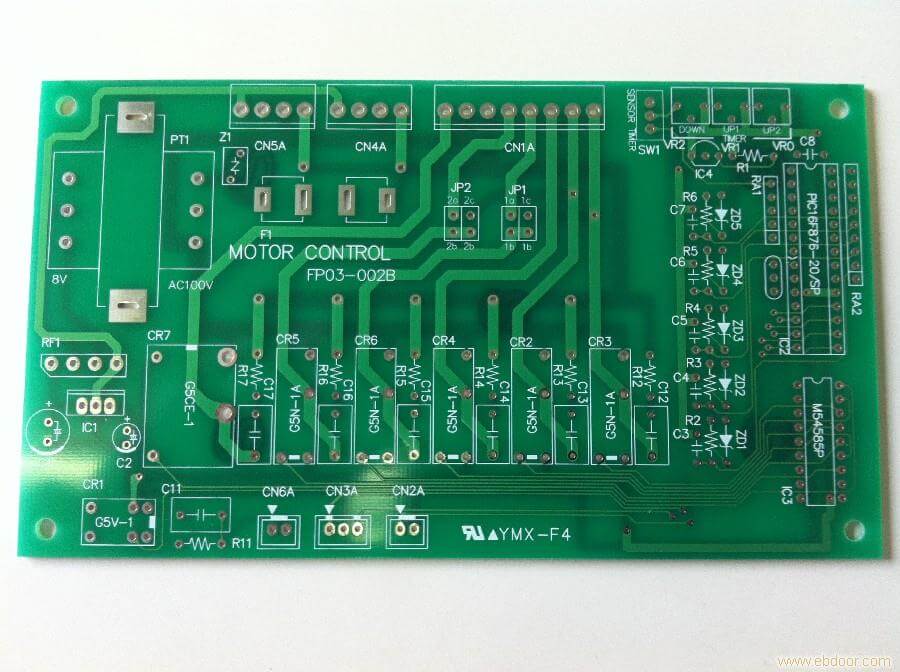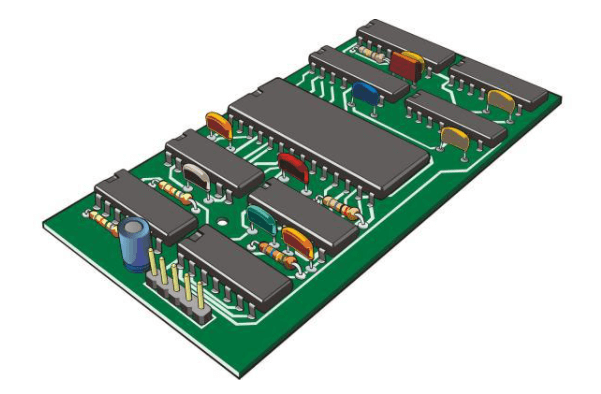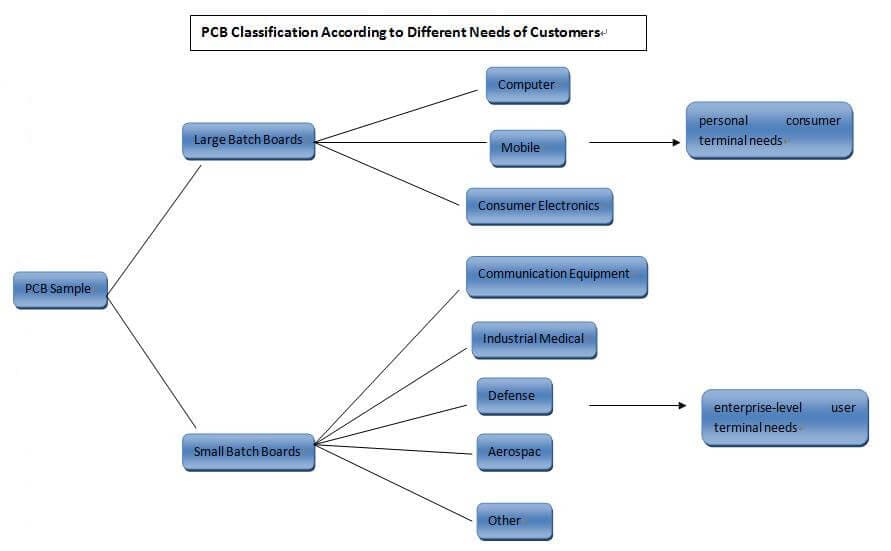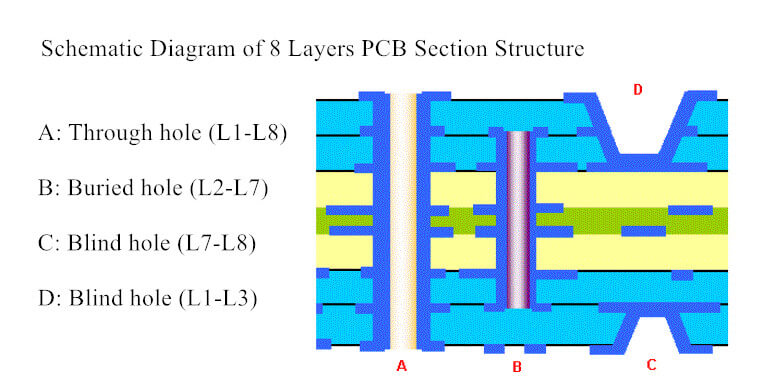Although semiconductor integration is becoming more and more high, many applications also have on-chip systems available at any time. And many powerful and open-box development boards can be easily obtained, but in many cases, the application of electronic products still need to use custom PCB. In one-time development, even a common PCB can play a very important role. PCB is a physical platform for design, and it is also the most flexible part for the original component to design electronic system.
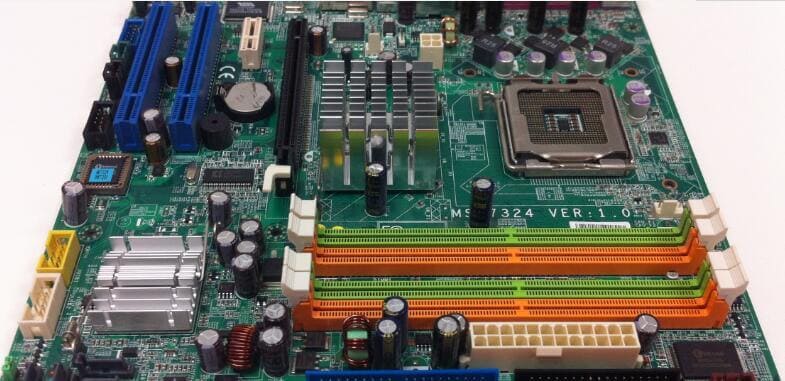
This article will introduce 10 golden rules that electronic design engineers should remember and practice when designing PCB layout and commercial manufacturing by using design software. Since the birth of commercial PCB design 25 years ago, most of these rules have not changed, and are widely used in various PCB design projects. They have great guiding effect on young electronic design engineers and mature circuit board manufacturers.
Engineers do not need to follow these rules in order of time or relative importance, and can greatly change product design by following them all.
Ten Golden Rules of PCB Design
Rule 1: Select The Right Grid
Set and always use grid spacing that matches the most components. Although the multi grid seems to be effective, if engineers can think more in the early stage of PCB layout design, they can avoid the difficulties encountered in interval setting and maximize the application of circuit boards. Because many devices are of various package sizes, engineers should use the products that are most favorable for their own design. In addition, polygon is very important for copper coating of circuit board. When multi grid circuit board is copper coated, polygon filling deviation will be produced. Although it is not as standard as single grid, it can provide the circuit board life beyond the required.
Rule 2: Keep The Path Shortest and Direct.
This may sound simple and common, but it should be kept in mind at all times at each stage, even if it means changing the layout of the circuit board to optimize the length of the wiring. This is also particularly suitable for analog and high-speed digital circuits whose performance is always partially limited by impedance and parasitic effects.
Rule 3: Manage The Distribution of Power Lines And Ground Wires By Using The Power Layer as Much as Possible.
Copper coating in power layer is a relatively simple and fast choice for most PCB design software. By connecting a large number of wires together, the current with the highest efficiency and minimum impedance or voltage drop can be guaranteed, and sufficient grounding return path can be provided. If possible, multiple power supply lines can also be run in the same area of the circuit board to confirm whether the ground layer covers most of the layers of a PCB, which is conducive to the interaction between the operation lines on the adjacent layer.
Rule 4: Group The Relevant Components With The Required Test Points.
For example, the discrete components required by OPAMP operational amplifier are placed near the device so that bypass capacitance and resistance can cooperate with them in the same way. Thus helping to optimize the wiring length mentioned in the second rule, and make testing and fault detection easier.
Rule 6: Repeat The Required Circuit Board on Another Larger Board for PCB Assembly Several Times.
The size of the equipment that is most suitable for the manufacturer is helpful to reduce the prototype design and manufacturing cost. First make the layout of the board on the panel, contact the board manufacturer to obtain the preferred size specifications for each panel, then modify your design specifications and try to repeat your design multiple times within these panel sizes.
Rule 6: Integrate Component Values.
As a designer, you will choose some discrete components with high or low component values but the same performance. By integrating within a small standard value range, BOM can be simplified and cost can be reduced. If you have a series of PCB products based on the preferred device value, it is also more conducive to making the right inventory management decision in the longer term.
Rule 7: Perform Design Rule Checks (DRC) as Much as Possible.
Although running DRC on PCB software takes only a short time, in a more complex design environment, it is a good habit to keep as long as you always perform the inspection during the design process. Each routing decision is critical and you can be prompted at any time by executing DRC for the most important cabling.
Rule 8: Flexible Use of Screen Printing.
Screen printing can be used to mark various useful information for future use by circuit board manufacturers, service or test engineers, installers or equipment commissioning personnel. Not only are clear functional and test point labels marked, but also the orientation of components and connectors as far as possible, even if these notes are printed on the lower surface of the element used by the circuit board (after assembly of the circuit board). The full application of screen printing technology on the upper and lower surface of the circuit board can reduce the repetition of work and simplify the production process.
Rule 9: Decoupling Capacitance is Required.
Don’t try to optimize your design by avoiding decoupling the power cord and depending on the limits in the component data sheet. The capacitor is cheap and durable, and you can spend as much time as possible to assemble the capacitors, and follow the sixth rule. And use the standard value range to keep the inventory in order.
Rule 10: Generate PCB Manufacturing Parameters and Verify Before Submitting to Production.
While most board manufacturers are happy to download and verify directly, it is best for you to export Gerber files first and check with a free reader to see if they are the same as expected to avoid misunderstanding. By checking yourself, you will even find some careless mistakes and thus avoid the loss of completing production according to the wrong parameters.

